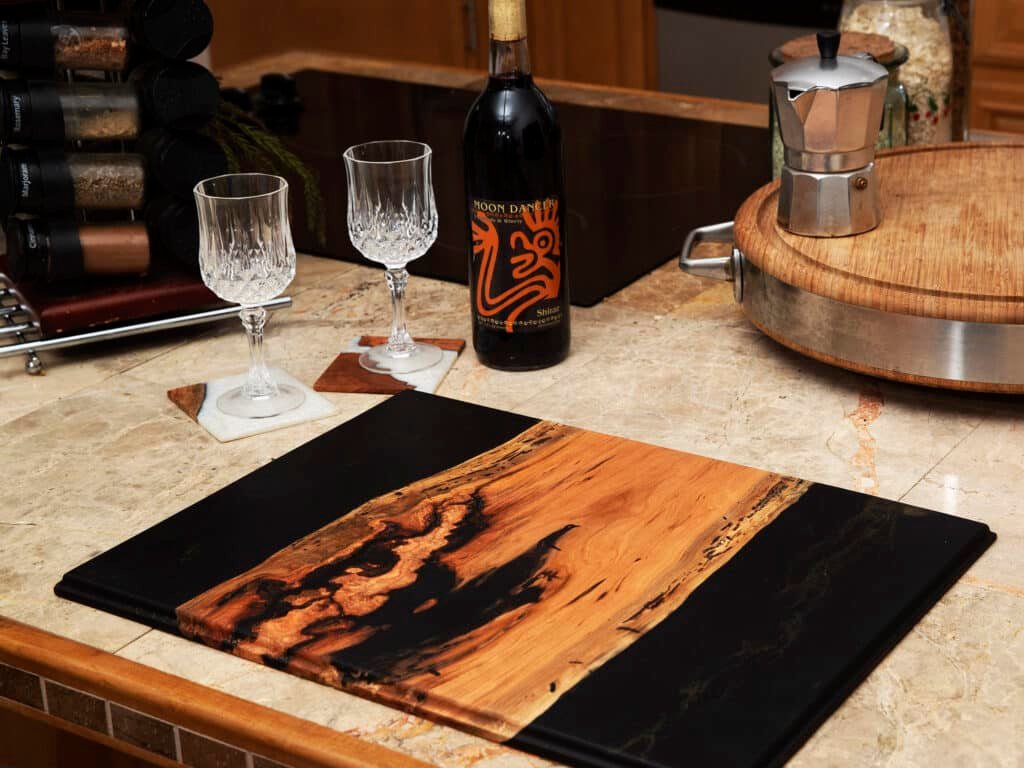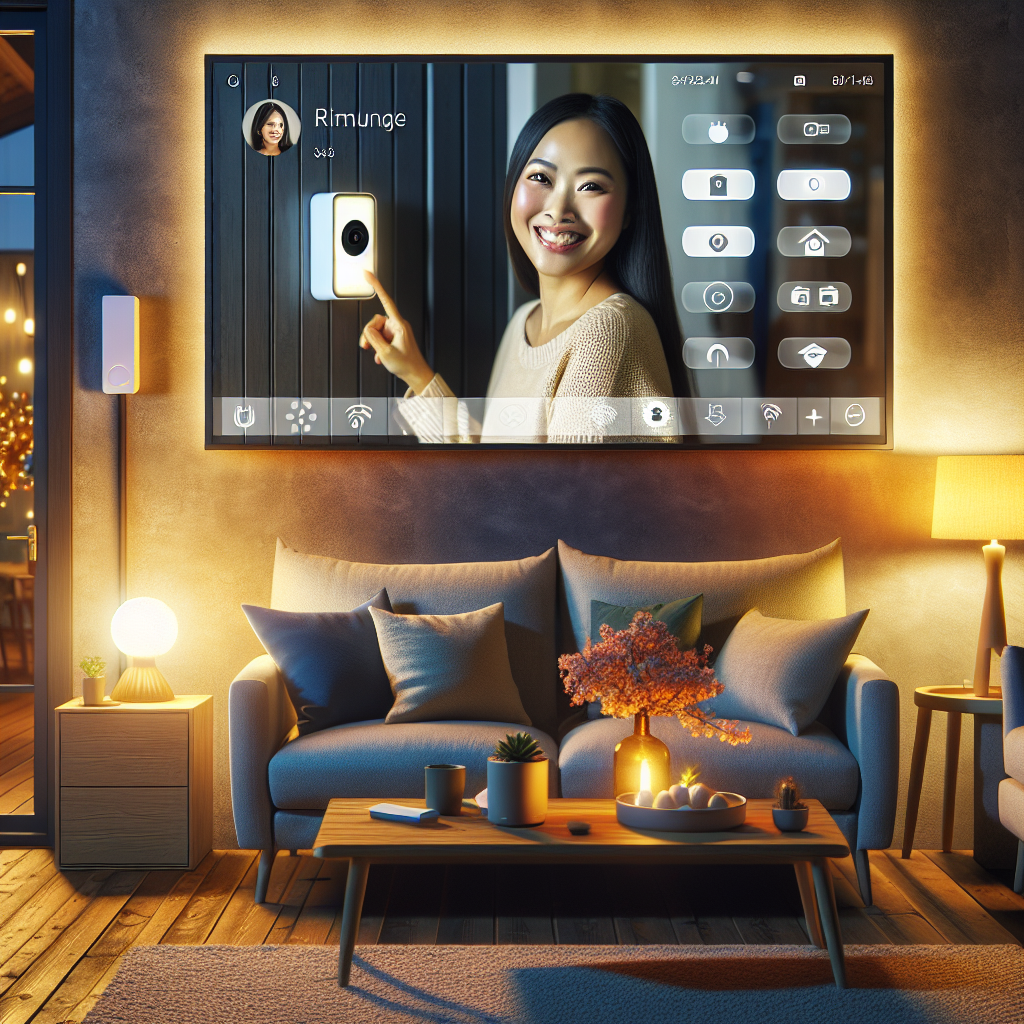7 Ways to Integrate Smart Security with Home Automation
Welcoming the age of smart security home automation can be a little overwhelming, but it's worth it. We all want to protect our homes and our loved ones, and technology makes it easier than ever. Here at Looking Glass Structures, we've seen firsthand how integrating smart security with home automation can transform a house into a secure, efficient, and futuristic living space. Let’s dive into seven ways you can enhance your home’s security with the latest smart technologies.
1. Install Smart Locks
Smart locks are a simple way to start your home automation journey. They allow you to lock and unlock your doors remotely using your smartphone. Smart locks usually come with features like:
They are easy to install, and we at Looking Glass Structures can help you set them up seamlessly.
2. Set Up Smart Security Cameras
Smart security cameras are another essential part of a secure smart home. Not only do they let you keep an eye on your property, but they also offer advanced features like motion detection, night vision, and even facial recognition. Here’s how you can make the most out of them:
3. Integrate Motion Sensors
Motion sensors can be real game-changer for home security. These devices can trigger alarms and notifications when movement is detected in areas they shouldn't be. They can also integrate with other smart devices to create automated security routines.
4. Use Smart Lighting
Lighting plays a big role in home security. Smart lights not only make it easy to control your home's lighting from anywhere, but they can also deter potential intruders. Here are some ways to integrate smart lighting:
5. Sync with Smart Alarms and Sirens
An alarm system is essential for any home, and smart alarms and sirens take it to the next level. These devices can alert you to different types of threats such as break-ins, fires, and gas leaks.
- Install a smart alarm system that sends notifications to your phone.
- Set up sirens that sound off in case of an emergency.
- Integrate alarms with other smart devices to trigger a full-home alert.
6. Implement Smart Garage Door Openers
Your garage is another entry point that needs securing. Smart garage door openers allow you to control access remotely and monitor the door's status.
- Get notifications if the garage door is left open.
- Allow deliveries to be safely placed inside.
- Automate opening and closing based on your location or specific times.
7. Use Voice Assistants and Hubs
Voice assistants like Alexa and Google Assistant can act as your home's central command center. They can control all your smart security devices with simple voice commands. Additionally, a smart home hub can integrate various devices into one cohesive system.
Bringing It All Together
Integrating smart security with home automation offers numerous benefits. From smart locks and cameras to motion sensors and alarms, these technologies provide an extra layer of security for you and your loved ones. Here at Looking Glass Structures, our expertise in home remodeling and new construction allows us to seamlessly integrate these solutions into your home. Whether you're updating a single room or planning a full home remodel, we can help you create a safe and smart living environment.
Don't wait until it's too late! Embrace the future of home security and let us help you transform your home with smart security home automation. Have any questions or need assistance? Drop by our "On-Demand Handyman" service, and we'll be there to lend a hand. Because your safety is our priority.




